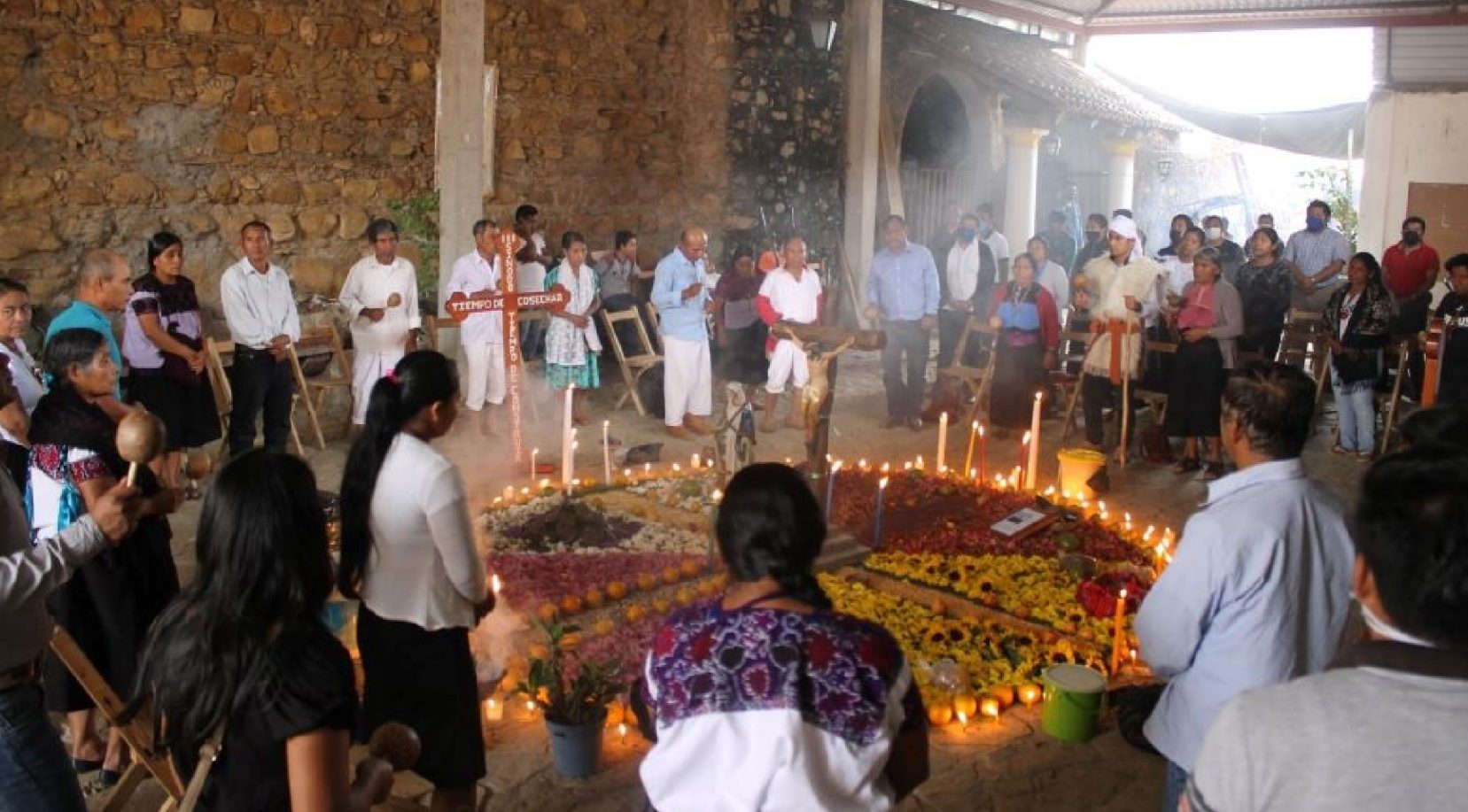(ZENIT News / México City, 11.18.2024).- In a historic move, the Vatican has given its formal approval to a series of liturgical adaptations designed specifically for the indigenous communities of Chiapas, Mexico. This decision, announced by Cardinal Felipe Arizmendi Esquivel, Emeritus Bishop of San Cristóbal de las Casas, signifies a groundbreaking shift in how the Church incorporates indigenous cultural expressions into its worship practices.
Rather than dismissing these traditions as mere folklore or customs, the Vatican’s recognitio elevates them to the status of “liturgical expressions,” fostering a deeper sense of inclusion and respect for the faith traditions of the Tseltal, Tsotsil, Ch’ol, Tojolabal, and Zoque peoples.
Liturgical Innovations: Faith Through Indigenous Lenses
Key among the approved adaptations are ritual dances integrated into various parts of the Mass, such as the offertory and thanksgiving after communion. Cardinal Arizmendi emphasized that these are not decorative acts but meditative movements reflective of indigenous spirituality. Accompanied by traditional music, these dances serve as contemplative expressions aligned with the essence of the Roman rite but through a distinctly local cultural lens.
Additionally, women from these communities will now take on the ministry of incensing during Mass. Using culturally significant sahumerios instead of traditional censers, they will incense the altar, sacred images, and the congregation. Cardinal Arizmendi clarified that this inclusion is not a statement of gender equality but a faithful reflection of indigenous customs, where women traditionally hold this role in community prayers.
Expanded Lay Participation
Another notable change is the introduction of a greater role for lay leaders of moral standing. These individuals may now guide certain communal prayers, such as the opening prayer, intentions, and moments of thanksgiving, under the supervision and authorization of the priest. Cardinal Arizmendi stressed that these adaptations aim to deepen communal participation without diminishing the priest’s role as the celebrant.
Cultural Context Meets Catholic Doctrine
Cardinal Arizmendi described the changes as a step toward the “incarnation of faith” within indigenous cultures. He underscored that the core content of the Roman rite remains untouched, with only its cultural expression adapted. This approach seeks to bridge the gap between universal Catholic traditions and local indigenous practices, offering a way for these communities to worship authentically within their cultural frameworks.
“These adaptations are not a dilution of the faith but an enrichment,” he explained, highlighting how the Church can guide indigenous customs toward fulfillment in Christ without dismissing their value.
A Model for Broader Inclusion
The decision could set a precedent for other indigenous groups around the world, encouraging bishops and pastoral leaders to explore similar adaptations. Cardinal Arizmendi called on Church leaders to embrace the liturgical potential of indigenous expressions, urging them not to reduce these practices to mere folklore.
Thank you for reading our content. If you would like to receive ZENIT’s daily e-mail news, you can subscribe for free through this link.



